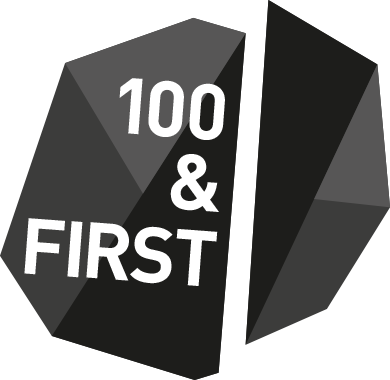The world at work: Home or Office…?
Flexible work is here to stay, and the talent landscape has fundamentally shifted. It is a generational shift that has occurred at hyper-speed.
From March 2020, the world of work as we know it has changed, with many industries moving towards an open-ended remote approach. With it came boosts in productivity and community, as everyone was in the same boat and sharing a virtual room everyday.
Now, as summer of 2021 draws to a close, those same industries are encouraging and manoeuvring to a hybrid work space, shortening the gap between work and home office. This move comes with obvious pro’s; encouraging in-person collaboration through the ability to share ‘water cooler moments’ as well as providing people the choice to separate home from work, to name a few. However, change in dynamics will unavoidably bring with it tension, and it is key to ensure that employees are provided the opportunity to be flexible to work when and where they want, and be able to equally contribute whichever way they choose.
The 2021 Work Trend Index outlines findings from a study of more than 30,000 people in 31 countries and an analysis of trillions of productivity and labor signals. The research shows that 41% of the global workforce is likely to consider leaving their current employer within the next year, with 46% planning to make a major pivot or career transition.
Based on research published by Microsoft and the Work Trend Index, as well our experience through the 100 & First Cultural Health Check, we have developed 3 key points to be addressed in order to better manage the hybrid nature of work we now face.
Social Capital
“Before the pandemic, we encouraged people to ‘bring their whole self to work,’ but it was tough to truly empower them to do that. The shared vulnerability of this time has given us a huge opportunity to bring real authenticity to company culture and transform work for the better.”
Jared Spataro, CVP at Microsoft 365.
We have a unique opportunity to take with us the new-found focus on human connection as we seek to find balance between our work and home office. Considering the office place as key social capital opportunities sets the right tone for those returning, by encouraging coffee hours and team building opportunities, organisations need to move from passive to proactive, highlighting that culture is important and so too the role of in-person time.
It is clear that relationships reached new levels during the pandemic, as we had the opportunity to connect with each other from the safety of our own homes. Kids, pets and families were brought to the foreground, as our personal and professional worlds collided, and we now have the opportunity to continue those conversations, create space to share and cultivate the relationships developed during the turmoil.
2. Well-Being Focused (physical, emotional and cognitive)
“Leaders believe the wellbeing of people and their communities will influence workplace choices post-pandemic”.
Considering the 2021 Work Trend Index, it is clear that people are struggling. Feeling the strain of the pandemic, being disconnected with their employers and many considering leaving their current roles.
With focus on building social capital, a successful culture requires a strong and sophisticated well-being plan, to ensure that staff are provided with the resources and support they need.
3. Monitor Burnout
“Over the past year, no area has undergone more rapid transformation than the way we work. Employee expectations are changing, and we will need to define productivity much more broadly — inclusive of collaboration, learning, and wellbeing to drive career advancement for every worker, including frontline and knowledge workers, as well as for new graduates and those who are in the workforce today. All this needs to be done with flexibility in when, where, and how people work.”
Satya Nadella, CEO at Microsoft
Both digital & meeting fatigue is serious, but the solution is very simple, we need to encourage taking short breaks often.
In the Microsoft’s 2021 Work Trend Index published in March, 54% of respondents in a global external survey said they feel overworked, while 39% described themselves as outright exhausted. If we can encourage leaders and managers, as an example, to make meetings 25-55 mins respectively, and carving out 5 mins of reset time between meetings, it will make it clear to employees that they have a space to reset as opposed to rushing back to back.
Taking a proactive role in building Social Capital, which is both authentic and flexible, and creating strong well-being support systems will naturally create an environment by which employees not only feel more connected but also heard. However, it is imperative that the risk of burnout is a discussion point, one that is respected and leads to better management of work flow all round.
At 100 & First we use a data-led approach to understand your Cultural Health, a 3-minute survey with key indicators around Culture, Engagement, and Enthusiasm giving you a clear impact report on just how your organisation is feeling. If you’re interested in how the Cultural Health Check can help you manage your organisation, get in touch via standout@100andfirst.com

